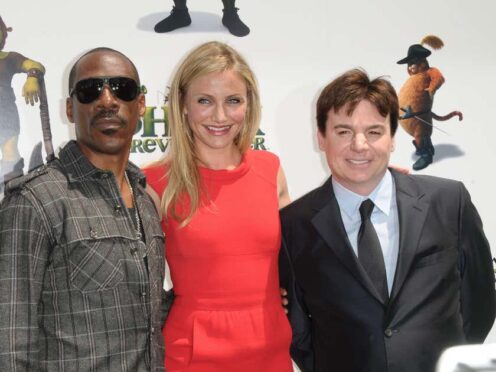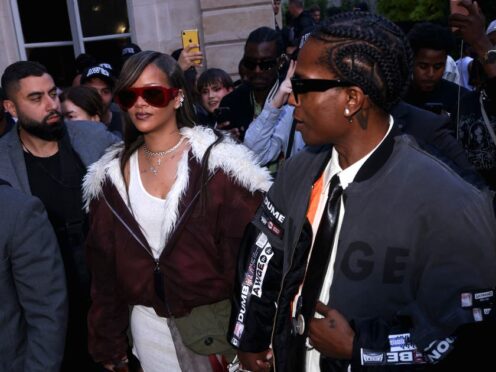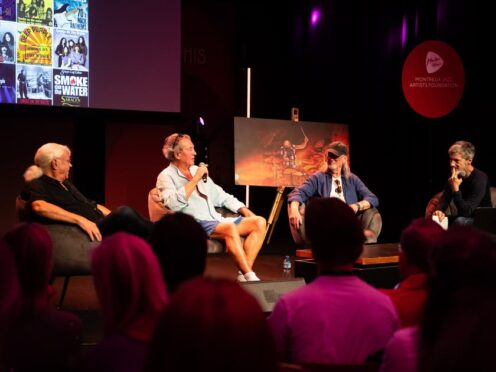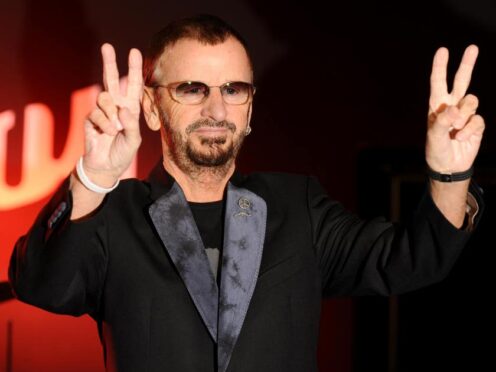A team of British scientists believes more than 30 advanced alien civilisations are probably living in our galaxy.
Astronomers from Nottingham University calculated there could be upwards of 36 alien races in the Milky Way with the capacity to send radio signals into space.
This was based on the assumption that Earth-like planets would support life, and it would take five billion years for intelligence to evolve on them.
The research team said they decided to take a new approach to the issue, as calculating possible alien races in the past had been difficult.
“The classic method for estimating the number of intelligent civilisations relies on making guesses of values relating to life, whereby opinions vary quite substantially,” the study’s lead author Dr Tom Westby said.
“Our new study simplifies these assumptions using new data, giving us a solid estimate of the number of civilisations in our galaxy.”
Christopher Conselice, professor of astrophysics, who led the research, said: “There should be at least a few dozen active civilisations in our galaxy under the assumption that it takes five billion years for intelligent life to form on other planets, as on Earth.
“The idea is looking at evolution, but on a cosmic scale.”










